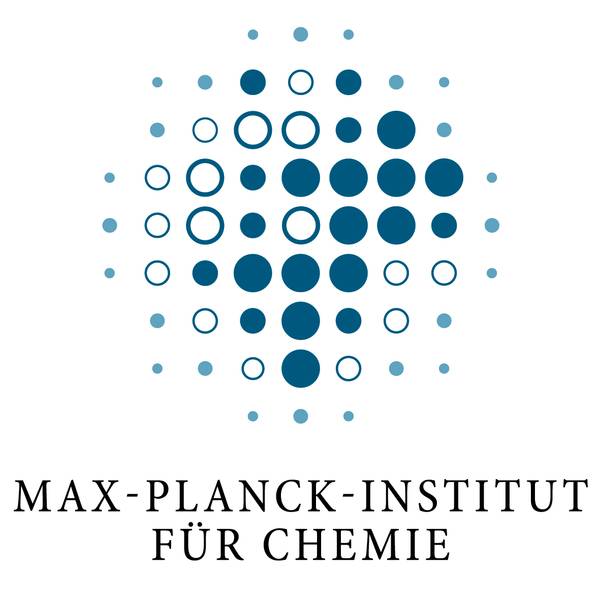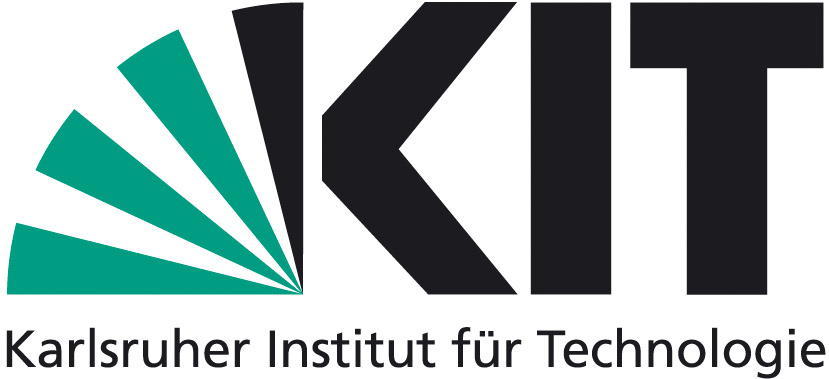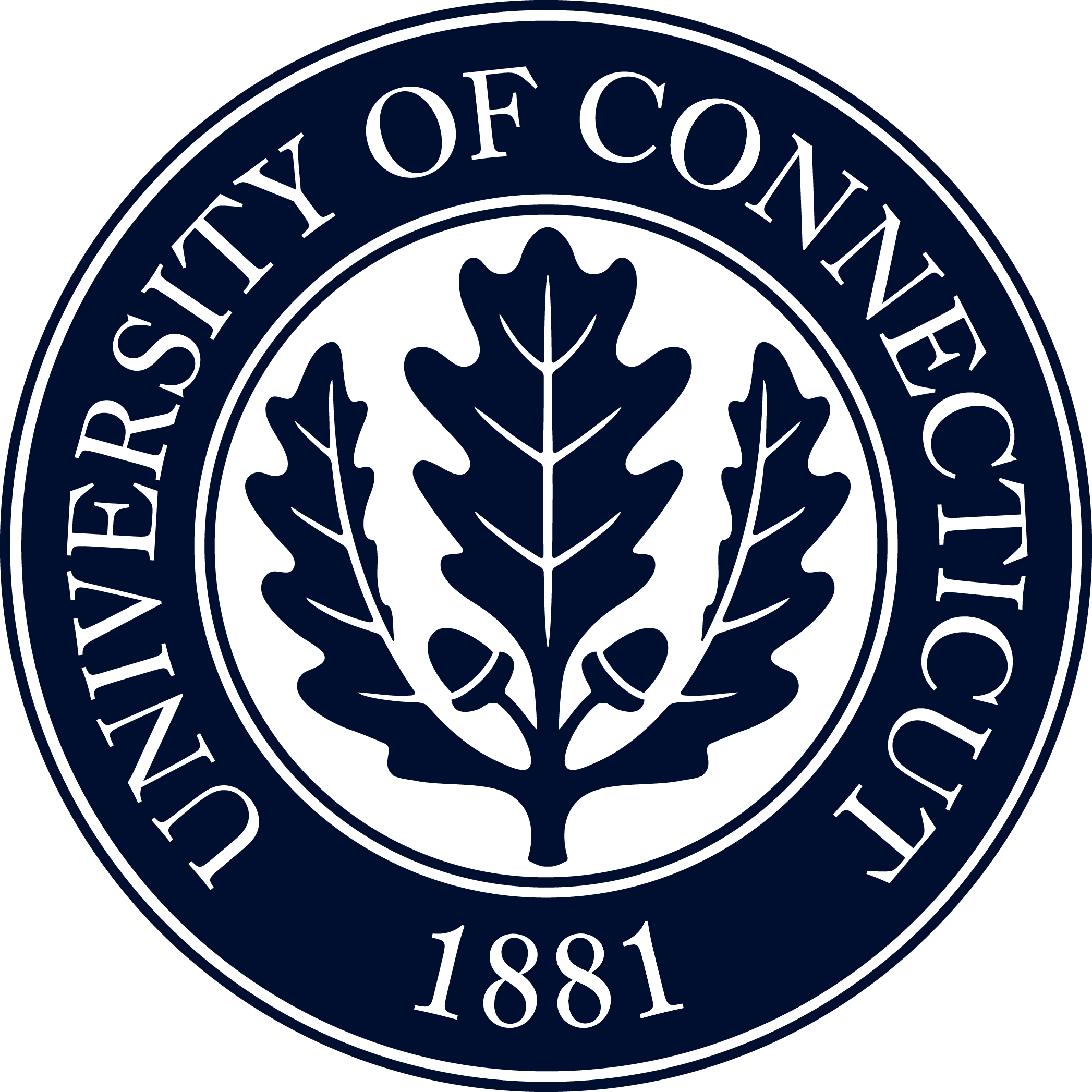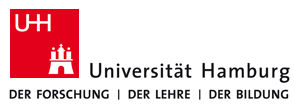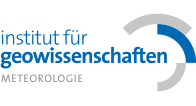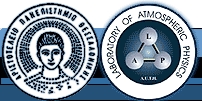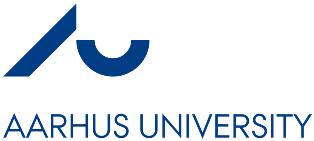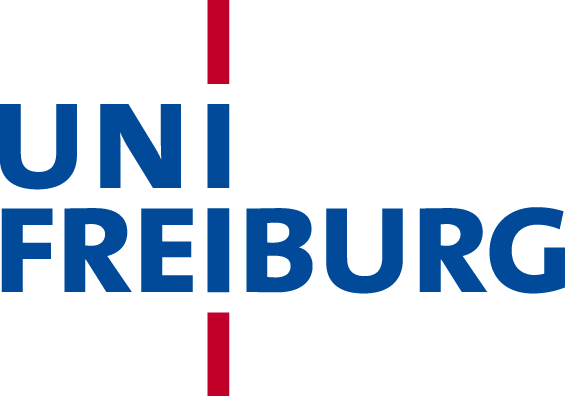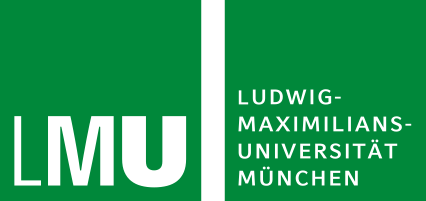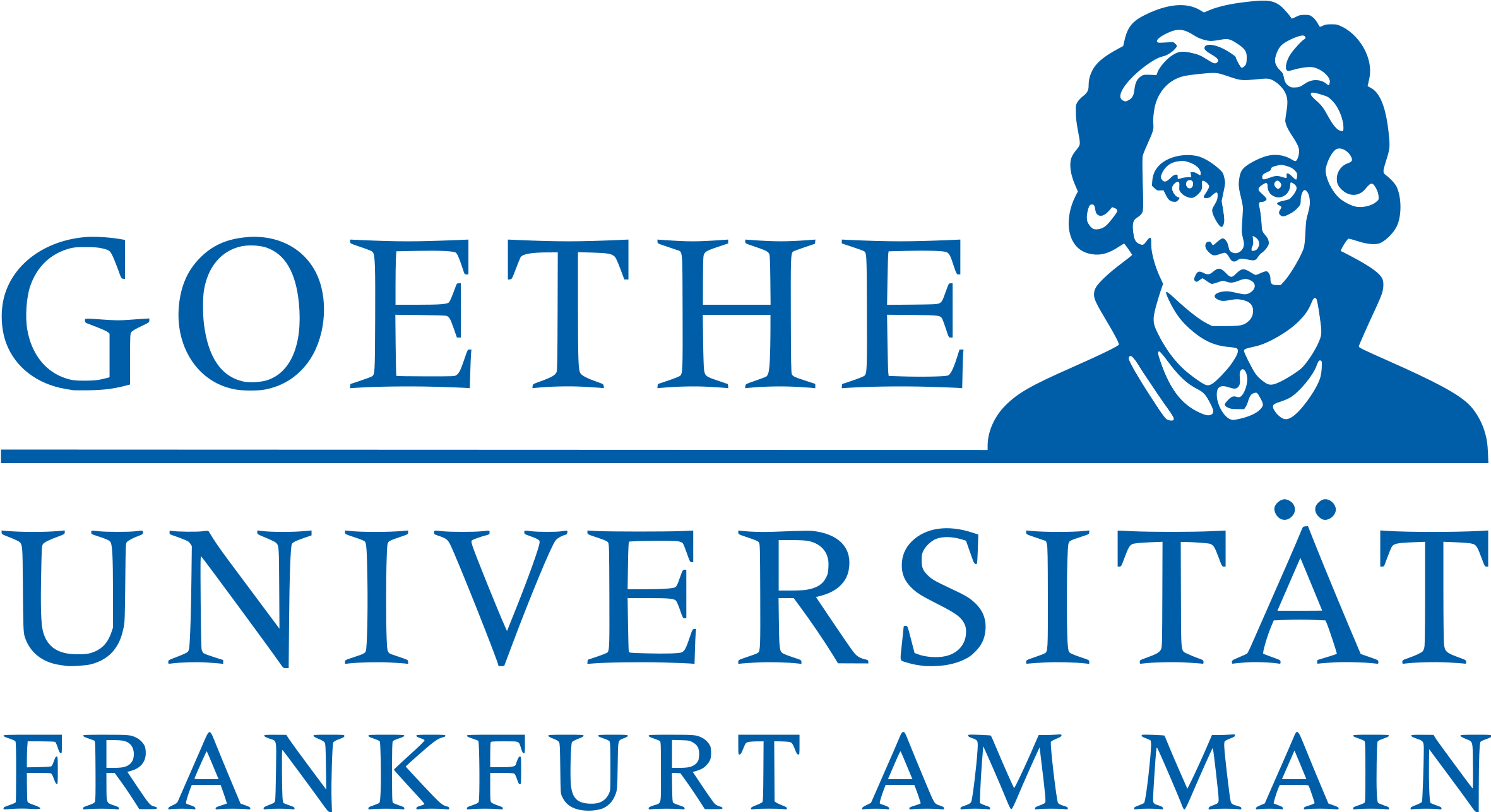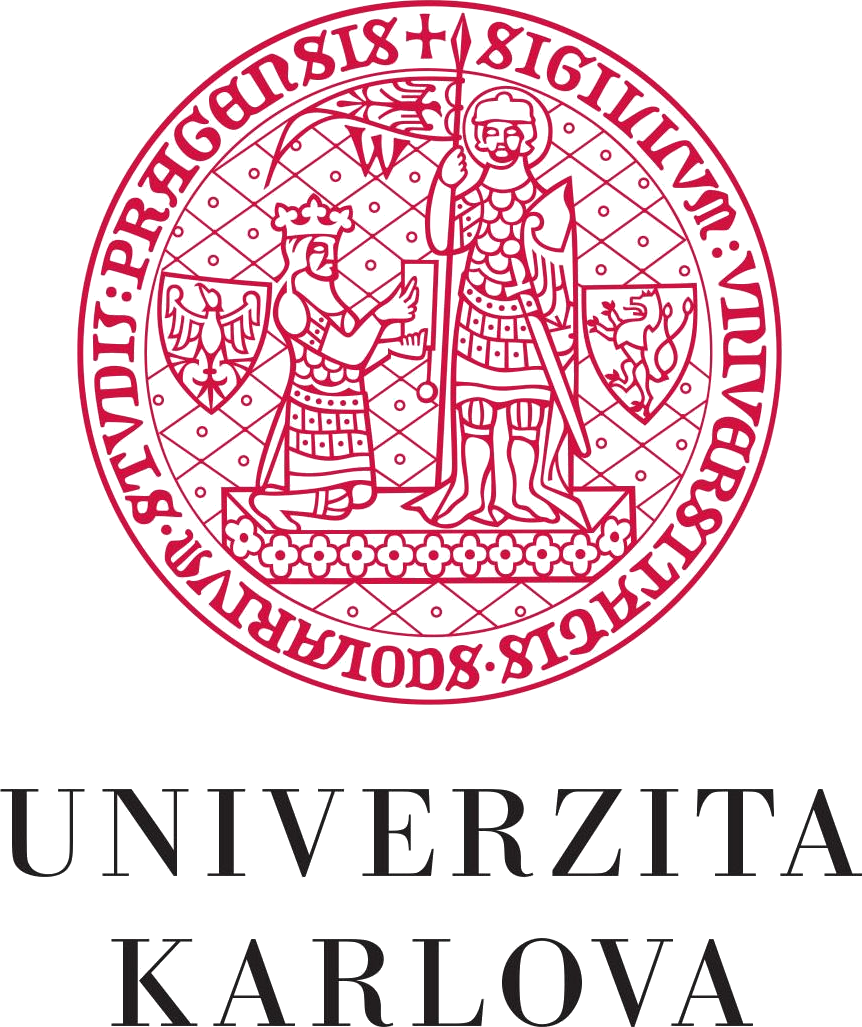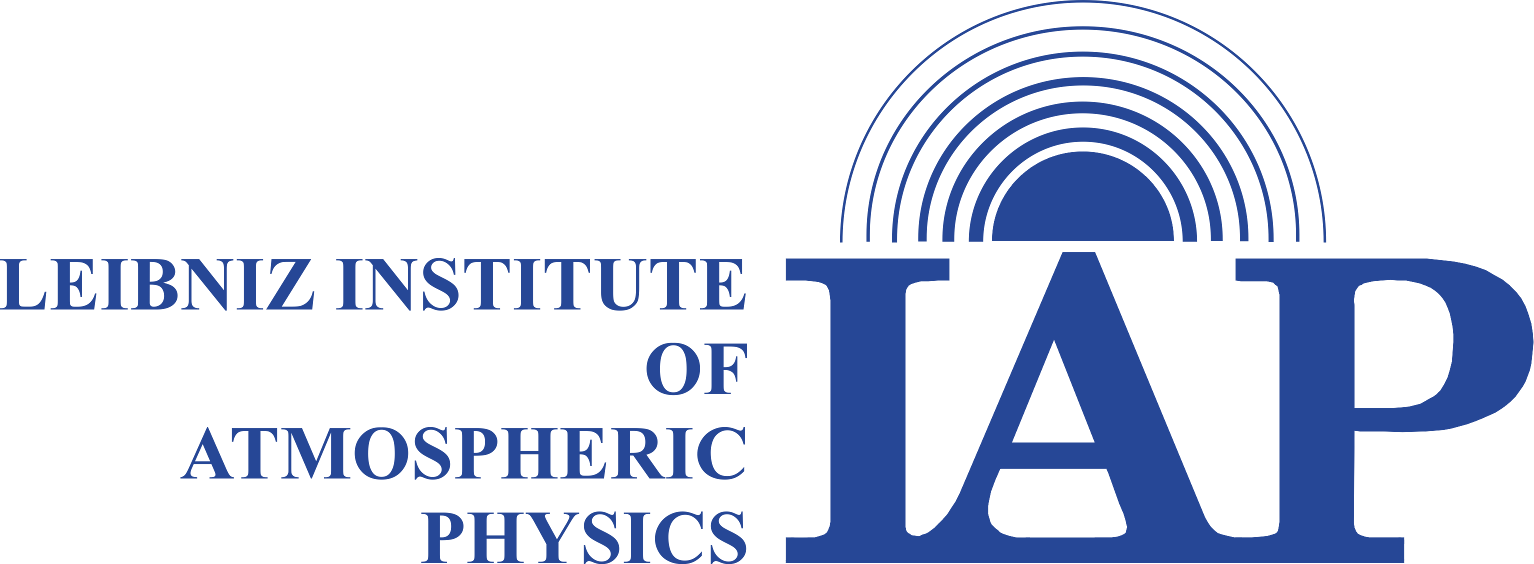MESSy Consortium
The MESSy Consortium aims at integrating the by now distributed knowledge and methodologies of the earth system science and climate research communities into a joint Earth System Model of flexible complexity. This Modular Earth Submodel System (MESSy) combines a global and a limited area model two-way nested into the global model coupled to an ocean model, different algorithmic approaches and various alternative process formulations. By this, the MESSy Consortium builds up a comprehensive but consistent chemistry-climate model system enabling numerical modelling of different atmospheric processes over different scales and considering all atmospheric layers from the troposphere up to the thermosphere.
The consortium was founded 1. August 2013 by seven institutions in an understanding to scientifically use and further develop the MESSy infrastructure. The model system and its components developed within the MESSy Consortium are made available and shared within the scientific community. Furthermore, the MESSy Consortium coordinates the developments in the multiple institutions and keeps track, that the MESSy software and the Earth System Model developed remains controllable and documented.
Every institution that wishes to use the Earth System Model for its research purposes and accepts the Memorandum of Understanding (MoU) without restrictions can become an institutional member of the MESSy Consortium. This membership is effected by means of an informal application to the Consortium Steering Group (CSG) and has to be confirmed by the CSG.
The Consortium Steering Group (CSG)
Every member institution of the MESSy Consortium has to determine a Consortium Responsible (CR) who will become member of the Consortium Steering Group (CSG). The CSG receives all personal applications, containing a detailled Letter of Intent and related licensing proves of third party software. In case of possible conflicts between two or more Consortium Members due to the Letter of Intent the CSG can ask for an agreement between the Consortium Members.

Members of the MESSy CSG, Consortium Responsibles (CR)
- Patrick Jöckel, Institute of Atmospheric Physics, Deutsches Zentrum für Luft- und Raumfahrt, Oberpfaffenhofen (DLR-IPA)
- Ole Kirner, Steinbuch Centre for Computing – Simulation Lab Climate and Environment (KIT-SCC-SLC) and Karlsruhe Institute of Technology, Institute for Meteorology and Climate Research – Atmospheric Trace Gases and Remote Sensing (KIT-IMK-ASF)
- Felix Plöger, Institute for Energy and Climate Research – Stratosphere, Forschungszentrum Jülich (FZJ-IEK-7)
- Markus Kunze, Institute of Meteorology, Freie Universität Berlin (FUB)
- Holger Tost, Institute of Atmospheric Physics, Johannes-Gutenberg Universität Mainz (UMZ-IPA)
- Andrea Pozzer, Max-Planck Institute for Chemistry, Mainz (MPIC)
- Theodoros Christoudias, Energy, Environment and Water Research Center, Cyprus Institute (CYI)
- Marina Astitha, Department of Civil & Environmental Engineering, School of Engineering, University of Connecticut (UConn)
- Jianzhong Ma, Chinese Academy of Meteorological Sciences (CAMS)
- Irene Stemmler, The Institute for Hydrobiology and Fisheries Science, University of Hamburg (UHH-IHF)
- Astrid Kerkweg, Meteorological Institute, University of Bonn (MIUB)
- Kleareti Tourpali, Aristotle University of Thessaloniki, Laboratory of Atmospheric Physics (AUTH-LAP)
- Volker Grewe, Faculty of Aerospace Engineering, Section Aircraft Noise and Climate Effects (ANCE), Technical University Delft (TUDelft)
- Domenico Taraborrelli, Institute for Energy and Climate Research – Troposphere, Forschungszentrum Jülich (FZJ-IEK-8)
- Stergios Misios, Climate Group, Department of Geoscience, Aarhus University (UAarhusGD)
- Yi Heng, Sun Yat-Sen University, School of Chemical Engineering and Technology, Guangzhou, China (SYSU)
- Georgiy Stenchikov, King Abdullah University of Science and Technology, Saudi Arabia (KAUST)
- Swen Metzger, Environmental Meteorology, Faculty of Environment and Natural Resources, University of Freiburg (UFR)
- Mariano Mertens, CLM Community Representative for MESSy (CLM-Community)
- Thomas Birner, Meteorological Institute, Faculty of Physics, Ludwig-Maximilians University, Munich, Germany (LMU)
- Kinanthi Sutopo, Royal Netherlands Aerospace Centre, The Netherlands (NLR)
- Francisco Javier Pérez Invernón, Consejo Superior de Investigaciones Científicas / Insitute of Astrophysics of Andalusia (CSIC-IAA)
- Anna Possner, Institute for Atmospheric and Environmental Sciences, Goethe-University, Frankfurt, Germany (GUF-IAU)
- Petr Šácha, Department of Atmospheric Physics, Faculty of Mathematics and Physics, Charles University in Prague (CU-DAP)
- Michal Kozubek, Institute of Atmospheric Physics of the Czech Academy of Sciences (UFA-CAS)
- Markus Kunze, Leibniz Institute of Atmospheric Physics at the University of Rostock (IAP-KB)
- Tim Butler, Research Institute For Sustainability – Helmholtz Centre Potsdam (RIFS)
- Simon Rosanka, Department of Chemistry, University of California, Irvine (CHEM-UCI)
- Lars Hoffmann, Division High-Performance Computing in Applied Science and Engineering, JSC, Jülich (JSC-HPC AES)


